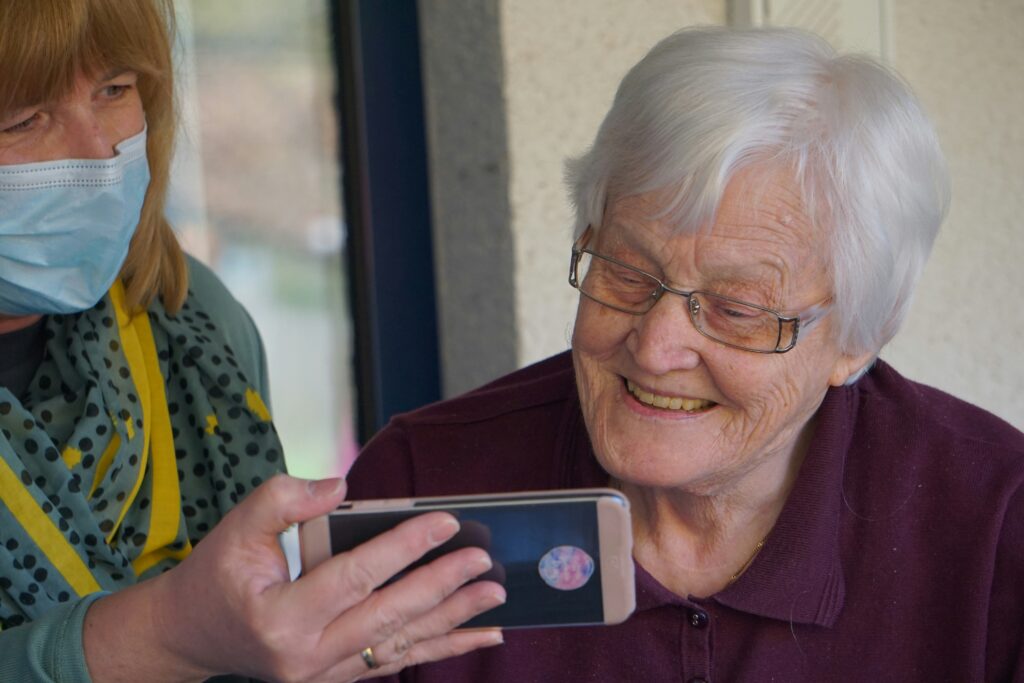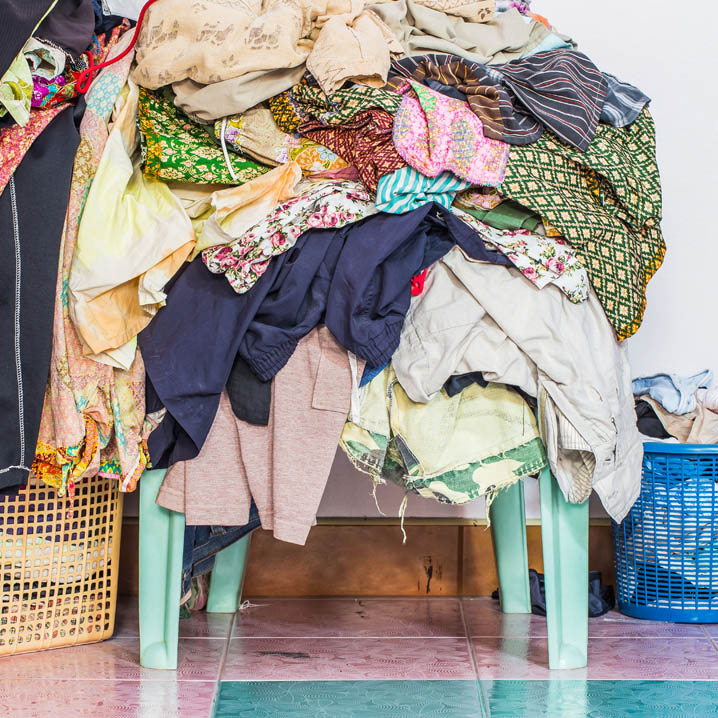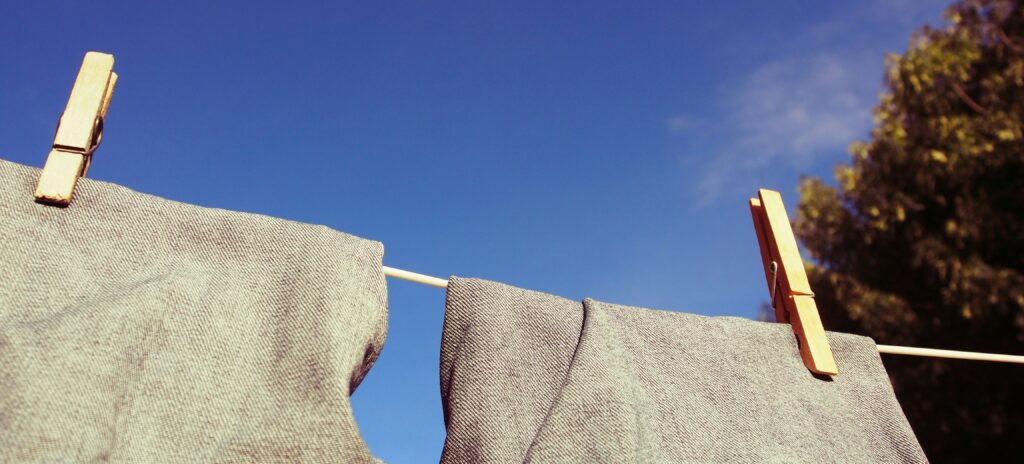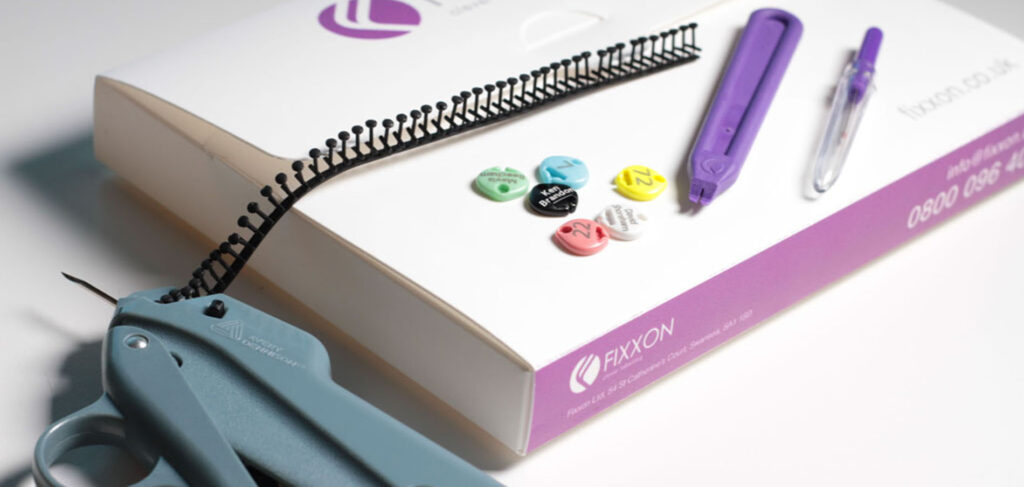Sustainability in care homes is becoming increasingly important, rising up the agenda as the government’s Net Zero by 2050 target, and the NHS’ 2040 deadline, draw closer.
While for some, these targets may feel like a distant reality, care and nursing homes across the country can’t afford to take a backseat on these issues. Managers must be thinking about long term strategies and meaningful steps they can take towards decarbonisation.
Not only is this an important part of corporate social responsibility, but it’s also going to become more important in the eyes of the Care Quality Commission (CQC).
While the CQC doesn’t have sustainability regulations as such, it has introduced a single assessment framework that requires staff and leaders to ‘take active steps to ensure the principles of Net Zero care are embedded in planning and delivery of care.’
As one of the biggest sources of carbon emissions in care homes, the laundry is one area that must be addressed – and one where even small changes can add up to make a meaningful difference.
In this blog, we offer useful tips and solutions to help care homes adopt more sustainable laundry practices and reduce emissions from laundry operations.
Benefits of sustainable practices
Sustainability was defined by the United Nations Brundtland Commission in 1987 as, “meeting the needs of the present without compromising the ability of future generations to meet their own needs.” We must begin the fight to future-proof resources today, and the care sector must play its part.
Additionally, adopting more environmentally friendly practices brings a number of key benefits:
- Environmental impact – Net Zero targets require every business and individual to do their bit. Adopting more sustainable practices will not only reduce your care home’s carbon footprint but also demonstrate to residents and their families that you take climate change seriously and are taking meaningful, considered steps toward change.
- Health and wellbeing – More sustainable practices also bring benefits for residents, particularly when homes take a united stance on environmental issues. Engaging residents and helping them understand why you implement certain measures is key. Better yet, get them involved in creating a more sustainable environment around the home, enlisting their help to create a community garden, for example. Sensory planning activities like gardening give residents a sense of purpose and accomplishment while encouraging social interaction, movement and mental stimulation.

-
- Saves money – Eco-friendly swaps and practices also benefit the bottom line. Opting for energy efficient solutions and renewable energy sources can help reduce utility bills, while smarter waste management can prolong the useful lifespan of materials and products, reducing rubbish and the cost of replacements.
-
- Compliance with regulation – The UK government already requires larger companies to produce sustainability reports, and as we work toward the Net Zero by 2050 target, it has introduced a framework to inform future UK Sustainability Reporting Standards. Businesses that are already tracking and mitigating their environmental impact will have a head start when these measures come into force.
-
- Boosts reputation – Businesses taking the fight against climate change seriously are more likely to be well regarded and supported by the public. Every care home needs to do its bit to showcase its commitment to sustainability and create a better world for future generations.
What are the common challenges with laundry processes and sustainability?
Health and safety regulations stipulate that care homes should follow strict laundry processes for infection control using chemical or thermal disinfection methods, which typically aren’t very environmentally friendly. Common challenges include:
-
- High water usage – Washing cycles need a lot of fresh water, with the average industrial laundry machine reportedly using 150 litres per load.
-
- Energy consumption – Commercial washing machines consume a lot of energy to heat the water to the required temperature for each load. To thermally disinfect laundry, washing machines must maintain a temperature of at least 65°C for a minimum of 10 minutes, or 71°C for a minimum of three minutes. This, paired with the energy required to operate tumble dryers, makes the laundry highly energy intensive.
-
- Multiple residents – Care and nursing homes process laundry on a huge scale, with clothes, bedding, and towels for each resident as well as the laundry generated by care staff with day to day operations. The high volume of laundry isn’t the only challenge; staff must also manage which items belong to which resident. Without effective labelling solutions, residents’ personal items can easily get lost or confused with someone else’s.

What can a care home do to reduce its environmental impact through laundry processes?
Care homes can mitigate the environmental impact of their laundry by taking the following steps and considerations.
Opting for energy efficient appliances to save energy
Choosing commercial appliances that use less water and energy can go a long way to reducing utility bills and negative impacts on the environment.
Machines with high load capacities are better for energy efficiency, allowing more laundry to be processed within each cycle. Better yet, consider a sustainable investment in renewable energy sources, allowing the home to power its laundry, and meet other energy requirements, ‘off-grid’.
Regular maintenance
Regular maintenance keeps your appliances operating efficiently for longer. Ensure that you’re carrying out the necessary regular checks, like cleaning filters and emptying water stores, and get appliances serviced regularly to help prevent issues before they happen to reduce downtime.
By prolonging the lifecycle or your appliances and reducing how frequently new parts or replacement machines are required, you’re reducing the need for new materials and making more sustainable choices at every stage of the supply chain.
Consider water recycling solutions
Optimise your laundry’s water usage by investing in smart water recycling solutions. You can filter and reuse the ‘greywater’ from your washing cycles elsewhere — for example, to water the garden — reducing water consumption.
Load smart
Make sure each load of washing is full to maximise throughput and clean more items with less water and energy. However, it’s important to be careful not to overload washing cycles, as this can mean that items aren’t cleaned thoroughly enough, posing health and safety risks and meaning that items have to be rewashed again anyway.
Colder washes
Washing at colder temperatures can significantly reduce energy consumption, as less is needed to heat the water. However, if doing this in a care home setting, it’s important to ensure that you’re still complying with infection control guidelines and using chemical disinfection processes where necessary. Refer to the Department of Health’s technical memorandum for guidance.
Eco-friendly detergents
To limit the amount of chemicals used in the laundry, consider opting for a detergent with a more environmentally-friendly composition, such as those that use oxygen-based bleaches over chlorine. Again, it’s crucial to ensure that the products you’re using are suitable for use within a care home and won’t compromise effective decontamination.
Consider alternative drying techniques
Tumble dryers are energy-intensive, and when they’re required to be in operation day in and day out, energy consumption and utility bills can skyrocket. While line drying isn’t always a possibility with temperamental British weather, taking advantage of the warmer days where possible and hanging items out to dry can help to reduce usage.

Asking able and willing residents to help you hang out the washing can be another good form of sensory planning, giving them a sense of purpose and some variation to their routine.
Quality linens
Invest in quality linens and products throughout the home to ensure greater durability and longevity. Not only will they fare better with the rigorous laundry disinfection processes over time, but they’ll also need replacing less often, reducing waste and cost in the long-term.
Durable name labelling solutions for laundry management
With so many items to process for each resident, it can be difficult to keep track of what belongs to who. Some name labelling systems, like sew-in or iron-on labels, become ineffective over time, often coming off in the wash or fading. Others can be difficult to remove or apply in the first place.
To ensure staff and residents can quickly and easily identify belongings, a clever, sustainable labelling solution is a must. Fixxon buttons withstand the harshest industrial laundry processes and undergo testing with over 1,000 washes and tumble dries. They never fade or fall off, and can be easily removed and reused to minimise waste.

Regular sustainability reporting
While sustainability reporting isn’t yet regulation for all businesses in the UK, getting ahead of the game can be invaluable. To determine how to improve from your current point, you need to build an accurate picture of your current performance. This will allow you to see the impact of the changes you make and adapt your strategy accordingly.
If you need some help defining your sustainability goals, consider aligning your efforts with the UN’s Sustainable Development Goals (SDGs). With focuses on everything from improving human health and quality of life to social sustainability, and creating inclusive and sustainable economic growth, the SDGs provide a useful framework for a holistic, organisation-wide sustainability strategy.
Creating a sustainable laundry system in your care home
We can’t afford to ignore the impact of climate change, with looming environmental and sustainability targets and increasing pressure to do better for future generations.
The care home laundry is a significant area to tackle, but with practical swaps and small changes, we have the power to make a big difference. By reducing consumption, recycling and reusing resources where possible, and sourcing durable and longer-lasting products, we’re taking steps to reduce carbon emissions from industrial laundry operations, and transition to a more sustainable way of working.
To tackle labelling challenges off the bat and make lost items a thing of the past in your care home, arrange a meeting with our friendly team. Or, to see our Fixxon labelling system in action, click here.








